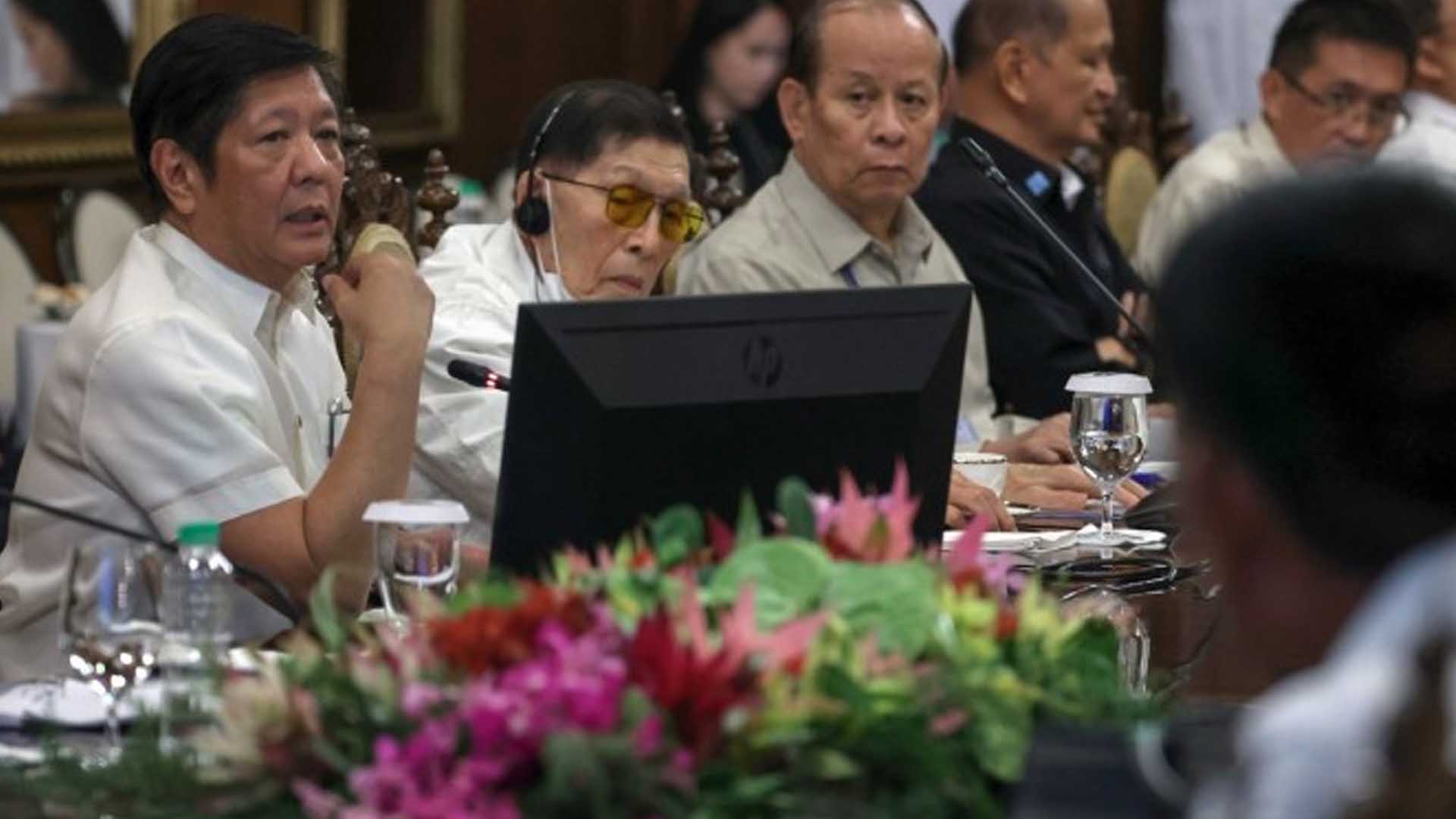President Ferdinand R. Marcos Jr. is pushing for the use of an agricultural map to boost the yield and income of farmers.
This developed after Marcos met with members of the Philippine Rice Industry Stakeholders Movement (PRISM) at Malacañan Palace in Manila on Wednesday.
Marcos emphasized the importance of using an agriculture guide map in addressing the pressing issues confronting local farmers, including the problem of land titling.
During his meeting with PRISM, the President said the government is already consolidating the data from the Bureau of Internal Revenue and the National Mapping and Resource Information Authority to identify all the agricultural lands in the country.
“We are putting together everything, kasi mahirap naman ipa-survey lahat (because it is difficult to conduct a nationwide survey). So, para alam na natin ‘yung mga areas (we are doing this so we could identify the areas),” Marcos said, as quoted by the Presidential Communications Office (PCO).
“So from that, ‘yung titling problem na sinasabi natin, magiging mas madali. But at least ma-define na natin ‘yung mga parcels of land and, in that way, alam na natin. So, kung maalis na natin ang titling problem, mas madali na lahat (From that, it would be easier to resolve the titling problem. We would at least be able to identify the parcels of land, and that way, we would be aware. Once we settle the titling problem, it would be easier for us to do what we need to do).”
The Department of Agriculture, headed by Marcos, is currently using the National Color-Coded Agricultural Guide Map (NCCAG), which identifies the agricultural areas that are naturally suitable to crops and overlays data on soil properties, elevation, slope, rainfall pattern, temperature, and climate-induced multi-hazards.
The map, which was launched in 2017, also indicates the availability of water in an area, which could be useful in making proposals for solar-powered irrigation systems.
To date, 20 crops have been identified in the NCCAG Map – abaca, banana, cacao, cassava, coconut, coffee, corn, garlic and onion, legumes, mango, oil palm, papaya, pineapple, rice, rubber, sugarcane, sweet potato, taro, vegetables, and yam.
Gov’t interventions
Marcos raised the idea of using a geomap of agricultural lands after PRISM discussed with him the issues faced by the rice sector, PCO Secretary Cheloy Garafil said in a statement.
Garafil said PRISM had raised concerns over the high cost of rice production and limited market access, limited access to capital investment, adverse Bureau of Internal Revenue policies, lack of extensive irrigation systems, climate crisis – El Niño threat, and slow adoption of vital rice production technology.
She said the unavailability and lack of access to real-time data, misaligned programs and activities across agri-related government agencies, inconsistent consultative meetings among the various rice stakeholders, and rice smuggling were also identified by PRISM as “roadblocks to higher productivity.”
“PRISM raised several concerns during the meeting, although based on the discussions, many of those challenges could readily be addressed by the current government interventions and programs,” Garafil said.
These government interventions include the implementation of Farm and Fisheries Consolidation and Clustering program, provision of various support services including credit and financing by the DA and the Land Bank of the Philippines, and establishment of climate-smart agriculture infrastructure.
“The administration is also formulating the National Agricultural and Fisheries Modernization and Industrialization Plan and other plans, in consultation with other stakeholders, to guide the development of the agriculture and fisheries sectors,” she said.
“It is also utilizing information technology to gather, analyze, and use data for food production, such as the Smarter Approaches to Reinvigorate Agriculture as an Industry in the Philippines or SARAI, and has been conducting regular meetings conducted by the National Convergence Initiative for Sustainable Rural Development.”
Garafil said the government is also recalibrating the importation schedule to protect local farmers and industries.
She noted that the DA, the Department of Finance, and other concerned government agencies are already studying the proposed pre-shipment inspection system.
The DA, she said, is also conducting a review of the Rice Tariffication Law and its implementing rules and regulations.
“Clustering, low soil fertility, mill modernization, and improved milling process were also discussed during the Palace meeting,” Garafil said.
Founded in 2019, PRISM consists of multisectoral groups involved in the rice industry value chain. Its goal is to address the fragmented government approach in addressing issues and help protect the interests of all stakeholders, from the farmers to the consumers. (PNA)









